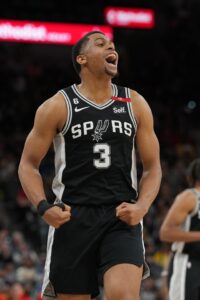Many league observers expected the Pacers to be among the NBA’s tanking teams in 2022/23 after trading away veterans at the 2022 deadline (Domantas Sabonis, Justin Holiday, Caris LeVert) and last offseason (Malcolm Brogdon) in favor of younger players and draft picks.
Instead, Indiana was highly competitive for much of the season. Last fall, 62.8% of our readers picked the Pacers to finish under 23.5 wins – they had 24 by January 24 and wound up with 35.
For the first half of the season it looked like the Pacers were in a strong position to make the play-in tournament – they were 23-18 on January 8 after winning six of seven games. Unfortunately, rising star Tyrese Haliburton was injured against the Knicks on January 11, and the Pacers lost nine of 10 without their best player.
That stretch hurt their momentum, and while they were only a half-game out of the 10th spot as recently as March 11, the Pacers decided to rest Haliburton and Myles Turner down the stretch due to nagging injuries and to improve their lottery odds.
After winning a tiebreaker with Washington, the Pacers will enter next week’s lottery with the seventh-best odds of landing the top overall pick and a chance to draft Victor Wembanyama.
The Pacers’ Offseason Plan:
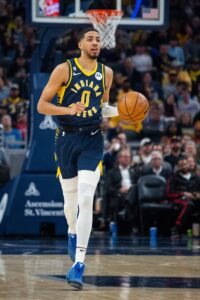 Indiana only has five free agents (including both two-way players) entering the offseason, and president of basketball operations Kevin Pritchard has already said that the team’s interest in bringing back Oshae Brissett, James Johnson and George Hill hinges on what happens during the draft and the early days of free agency.
Indiana only has five free agents (including both two-way players) entering the offseason, and president of basketball operations Kevin Pritchard has already said that the team’s interest in bringing back Oshae Brissett, James Johnson and George Hill hinges on what happens during the draft and the early days of free agency.
If the Pacers renounce all of their cap holds, they’ll have about $27MM in cap room to work with to shore up their defense and rebounding, which head coach Rick Carlisle said will be a priority. In addition to their own lottery pick, the Pacers control two late first-rounders from the aforementioned trades (No. 26 via Cleveland and No. 29 via Boston).
They also have two second-rounders, though the more valuable one could move 18 spots depending on what happens in the draft lottery. If Houston picks ahead of San Antonio in the first round, the Pacers will control the No. 50 pick. If the Spurs get the higher lottery pick, Indiana would instead get No. 32.
The Pacers will certainly look to be active during the draft and free agency — Pritchard has expressed an openness to packaging the team’s plethora of draft picks to improve the roster. Haliburton said after the season that the Pacers will be aiming for the playoffs next season, and that seems reasonable – they were 28-28 in games he played this season, a solid record for a team that was prioritizing the development of its young players.
Speaking of Haliburton, the All-Star guard is eligible for a rookie scale extension, and I view him as basically a lock to receive a max deal. Both Pritchard and Carlisle have spoken glowingly about his leadership both on and off the court, calling him “the face of the franchise” and a “partner” who is likely have a say in personnel moves going forward.
Aaron Nesmith, who was acquired in the Brogdon trade, had an up-and-down first two seasons with Boston, but he had a consistent role and played much better in his first campaign with Indiana, averaging 10.1 PPG and 3.8 RPG while shooting 36.6% on three-pointers and playing solid defense in 73 games, including 60 starts (24.9 MPG). Like Haliburton, he’ll be eligible for a rookie scale extension this offseason, and I wouldn’t be surprised if a deal gets done if it’s relatively team-friendly — perhaps in the $10-12MM per year range.
The other notable extension-eligible player is sharpshooter Buddy Hield, who had one of his best all-around seasons in ‘22/23, averaging 16.8 PPG, 5.0 RPG, 2.8 APG and 1.2 SPG on .458/.425/.822 shooting in 80 games (73 starts, 31.0 MPG). However, while Pritchard praised Hield’s impact both on and off the court, he was noncommittal about offering a new deal to the 30-year-old.
Of the players on guaranteed contracts, Daniel Theis’ spot on the roster is the most tenuous. He’ll be making $9.1MM in ‘23/24 and barely played at all this season – he could be included in a trade as part of salary ballast, but his value is basically nonexistent at that price point. Chris Duarte might be worth keeping an eye on too, as he struggled through injuries in his second season and was surpassed in the pecking order by rookies Bennedict Mathurin and Andrew Nembhard.
Turner was involved in trade rumors for several years, including in ’22/23. But after renegotiating his contract and signing an extension, I think he’ll be staying put — he had the best season of his career and thrived alongside Haliburton.
With point guard, shooting guard and center seemingly secured for the foreseeable future, small forward and power forward will almost certainly be the Pacers’ biggest offseason targets. Nesmith is a solid role player, but he was very undersized at power forward and probably projects as more of a decent starter than a plus one.
Someone like OG Anunoby, who’s entering his age-26 season and just earned an All-Defensive nod, would be a good fit, but I’m not sure how willing the Raptors are to trade him (or if it’s worth it to go after him if their asking price is too high).
Salary Cap Situation
Guaranteed Salary
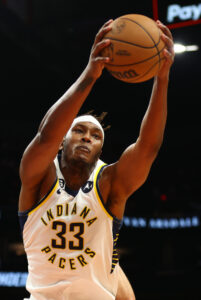 Myles Turner ($20,975,000)
Myles Turner ($20,975,000)- Buddy Hield ($19,279,841)
- Daniel Theis ($9,108,386)
- T.J. McConnell ($8,700,000)
- Bennedict Mathurin ($6,916,080)
- Tyrese Haliburton ($5,808,435)
- Aaron Nesmith ($5,634,257)
- Jalen Smith ($5,043,773)
- Chris Duarte ($4,124,400)
- Jordan Nwora ($3,000,000)
- Isaiah Jackson ($2,696,280)
- Andrew Nembhard ($2,131,905)
- Total: $93,418,357
Dead/Retained Salary
- Nik Stauskas ($702,311)
- Juwan Morgan ($576,230)
- Malik Fitts ($555,217)
- Total: $1,833,758
Player Options
- None
Team Options
- None
Non-Guaranteed Salary
- None
Restricted Free Agents
- None
Two-Way Free Agents
Draft Picks
- No. 7 overall ($6,516,000)
- Note: This is only a placeholder until the draft order is determined via the lottery.
- No. 26 overall ($2,499,480)
- No. 29 overall ($2,394,960)
- No. 50 overall (no cap hold)
- Note: The Pacers would instead receive the No. 32 overall pick if the Spurs end up with a higher first-round pick than the Rockets via the lottery.
- Note: The Pacers would instead receive the No. 32 overall pick if the Spurs end up with a higher first-round pick than the Rockets via the lottery.
- No. 55 overall (no cap hold)
- Total: $11,410,440
Extension-Eligible Players
- Buddy Hield (veteran)
- T.J. McConnell (veteran)
- Daniel Theis (veteran)
- Aaron Nesmith (rookie scale)
- Tyrese Haliburton (rookie scale)
Unrestricted Free Agents / Other Cap Holds
- George Hill ($5,200,000 cap hold): Early Bird rights
- Oshae Brissett ($1,989,698 cap hold): Bird rights
- James Johnson ($1,989,698 cap hold): Non-Bird rights
- Lance Stephenson ($1,989,698 cap hold): Non-Bird rights
- Total: $11,169,094
Note: Stephenson’s cap hold remains on the Pacers’ books from a prior season because it hasn’t been renounced. He can’t be used in a sign-and-trade deal.
Cap Exceptions Available
- Room exception: $7,609,000
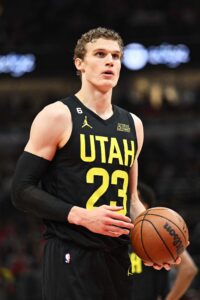 But it was
But it was 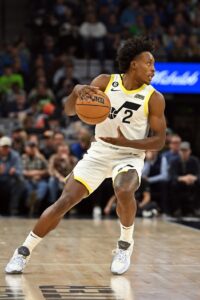
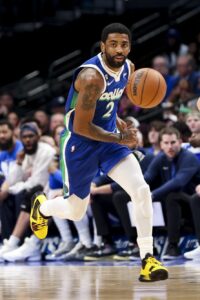 No cap hold can exceed the maximum salary for which a player can sign. For example, the cap hold for a Bird player with a salary above the league average is generally 150% of his previous salary, as noted above. But for someone like Mavericks star
No cap hold can exceed the maximum salary for which a player can sign. For example, the cap hold for a Bird player with a salary above the league average is generally 150% of his previous salary, as noted above. But for someone like Mavericks star 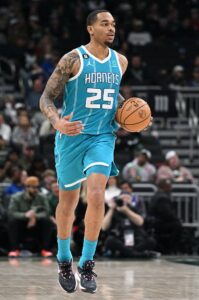 Unfortunately, the Hornets took a major step back this season from a win/loss perspective, going 27-55. Injuries to players up and down the roster certainly played a part in that decline, with only
Unfortunately, the Hornets took a major step back this season from a win/loss perspective, going 27-55. Injuries to players up and down the roster certainly played a part in that decline, with only 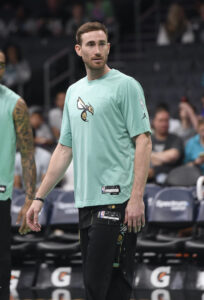
 I don’t think the idea of trading Green should be entirely dismissed, but I’d be surprised if he’s moved. He’s still only 21 years old and has two years left on his rookie contract. Sure, he’s struggled with scoring efficiency and defense, but those are normal growing pains for a young player, and it’s not like the Rockets had a strong foundation on either end of the court.
I don’t think the idea of trading Green should be entirely dismissed, but I’d be surprised if he’s moved. He’s still only 21 years old and has two years left on his rookie contract. Sure, he’s struggled with scoring efficiency and defense, but those are normal growing pains for a young player, and it’s not like the Rockets had a strong foundation on either end of the court.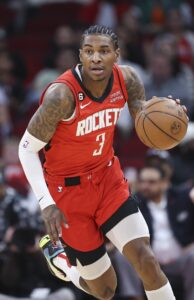
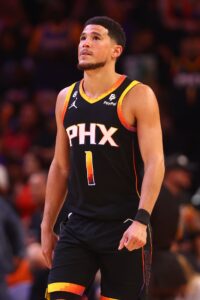 The figures above explain why
The figures above explain why 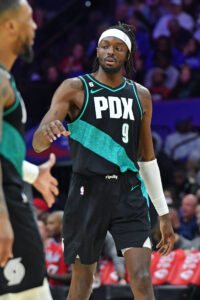 The trade package the Blazers gave up for Grant
The trade package the Blazers gave up for Grant 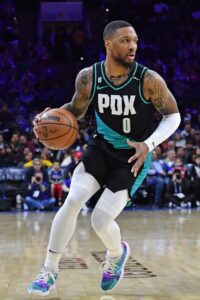
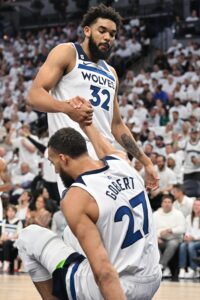 With huge contracts committed to Gobert and
With huge contracts committed to Gobert and 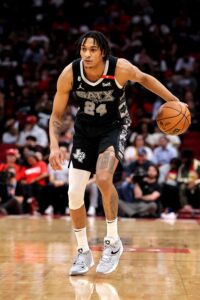 Considering they finished 29th in offense and 30th in defense with the worst net rating in the league (a brutal minus-9.9), it’s safe to say the Spurs need help wherever they can find it. A star to build around would be a great place to start, but they’ll almost certainly have to hope that will come via the draft or through internal development.
Considering they finished 29th in offense and 30th in defense with the worst net rating in the league (a brutal minus-9.9), it’s safe to say the Spurs need help wherever they can find it. A star to build around would be a great place to start, but they’ll almost certainly have to hope that will come via the draft or through internal development.